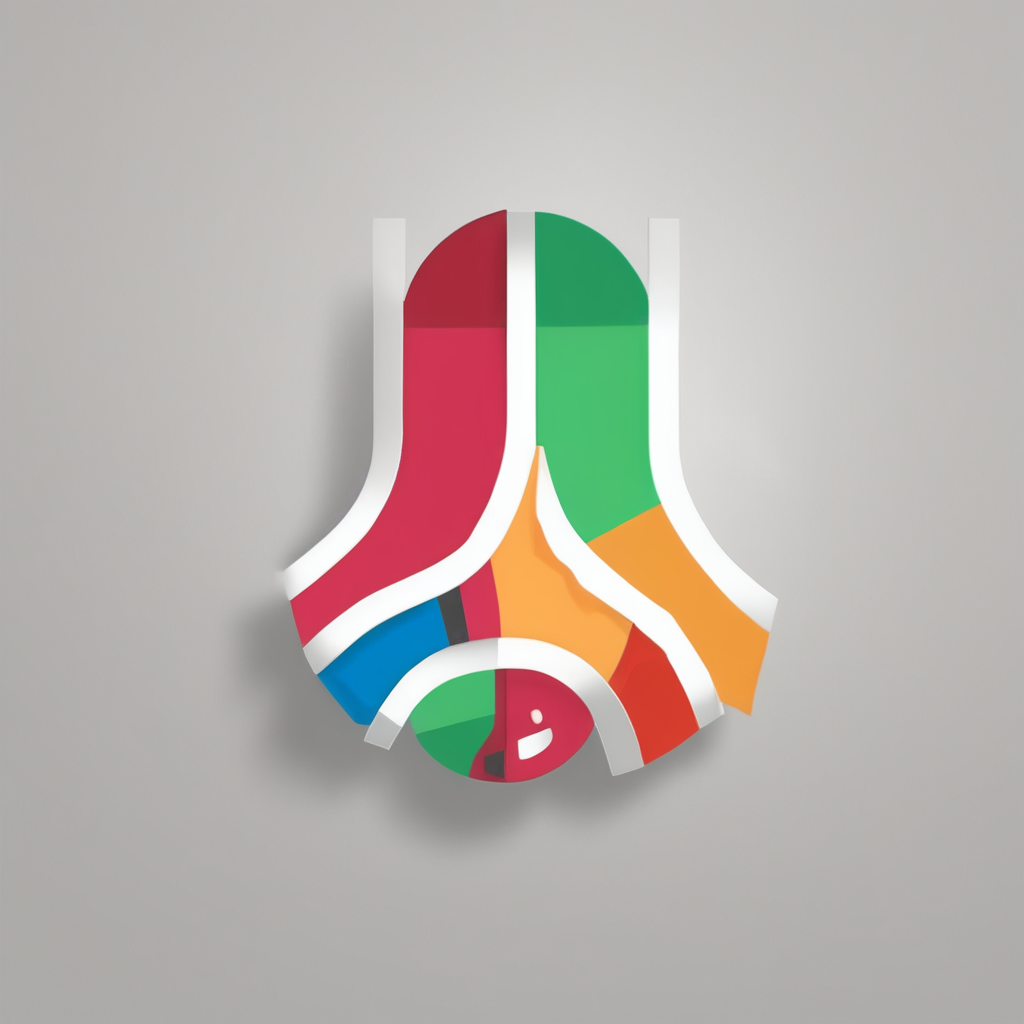Chronological Timeline of UK Women’s Fashion Trends
Exploring UK women’s fashion history reveals how style has evolved alongside society’s shifting landscape. In the early 20th century, the Edwardian era favored elegant, flowing gowns with corseted waists, reflecting a conservative yet refined aesthetic. The 1920s marked a drastic change with the emergence of flapper dresses, symbolizing newfound freedom and the post-war social revolution.
Moving into the 1930s and 1940s, decade trends were heavily influenced by World War II. Utility clothing, with its practical cuts and limited fabrics, became prevalent, showcasing resilience and simplicity. The 1950s returned to femininity with full skirts and cinched waists inspired by Christian Dior’s “New Look,” emphasizing glamour and post-war optimism.
In the same genre : Why Are Certain UK Fashion Trends So Popular Among Women?
The 1960s and 1970s introduced bold experimentation in UK women’s fashion history. Mod fashion’s mini skirts and vibrant prints captured youth culture, while the 70s saw earthy tones and bohemian silhouettes as a reflection of social liberalization. Contemporary decades blend classic elements with dynamic modernity, emphasizing individual expression.
Cultural and political shifts consistently shaped the evolution of style, making it a vivid mirror of changing times in the UK.
Also to read : How Can UK Women’s Fashion Inspire Confidence in Everyday Dressing?
Decade-by-Decade Style Highlights
Exploring decade fashion trends reveals how history shapes what we wear. Each era brings distinctive looks that reflect societal change, cultural movements, and technological advancements.
The 1920s introduced flapper fashion with dropped waistlines and fringed dresses, symbolising newfound freedom. Moving to the 1940s–1950s, wartime utility wear gave way to Dior’s New Look—cinched waists and full skirts—signalling post-war optimism.
The rebellious energy of the 1960s sparked mod culture, with bold mini skirts and graphic patterns capturing youthquake spirit. By the 1970s, bohemianism’s loose fits and punk’s DIY edge clashed with glam rock’s extravagant costumes, creating a diverse style landscape.
In the 1980s, power dressing with shoulder pads and vivid colours mirrored corporate ambition and pop culture’s vibrancy. The 1990s pared fashion back to minimalism and embraced grunge’s rugged appeal alongside Britpop’s casual edge.
From the 2000s to present, revival trends blend past decades’ influences with digital culture’s impact, demonstrating fashion’s ongoing dialogue with history. Understanding these iconic styles and historical outfits helps us appreciate fashion’s reflective and progressive nature.
Influential Designers and Fashion Icons
Prominent British designers have continually shaped modern fashion with innovative styles and bold visions. Figures like Alexander McQueen revolutionized runway theatrics and craftsmanship, while Stella McCartney brought sustainable elegance to the forefront of women’s fashion. Vivienne Westwood’s punk-inspired aesthetics challenged norms and remain iconic to this day.
Each decade saw women’s style leaders who influenced trends on a global scale. In the 1960s, Twiggy’s mod look symbolized youthful rebellion. The 1980s embraced the powerful silhouettes favored by Princess Diana, who remains one of the most enduring fashion icons. Her ability to blend royal decorum with accessible style shifted public taste profoundly.
Royal fashion, particularly that of the British monarchy, exerts a unique impact. The outfits worn by figures such as Kate Middleton blend tradition with modernity, making them style templates followed internationally. Celebrity influence extends beyond the palace; actresses and singers often dictate trends by showcasing designer pieces on red carpets and social media, amplifying the reach of British fashion. Together, these designers and icons continuously empower women’s style, reflecting changing cultural narratives.
Societal and Cultural Forces Impacting Fashion
Fashion continuously reflects social change and shifting women’s roles in society. As women gained greater socioeconomic independence through education and employment, their everyday fashion evolved to prioritize both practicality and expression. For instance, the rise of the working woman introduced more functional clothing styles, such as tailored suits and shorter skirts, moving away from restrictive garments that once dominated women’s wear.
Movements like suffrage and feminism significantly reshaped fashion by challenging traditional norms. The suffrage movement early in the 20th century encouraged simpler, more utilitarian attire symbolizing empowerment, while later feminist waves promoted fashion as a form of personal and political expression. Similarly, youth culture movements introduced rebellious and experimental styles, reflecting broader social liberation and challenging established beauty standards.
Additionally, cultural influences from increased global interaction accelerated the exchange of styles and ideas. Cross-cultural exchanges brought new fabrics, patterns, and silhouettes into mainstream fashion, making global trends accessible and desirable worldwide. Today’s fashion landscape owes much to these dynamic interactions that blend traditional and contemporary aesthetics, illustrating how deeply intertwined cultural forces shape what and how we wear daily.
How Visual Media and Technology Shaped Trends
Visual media has always been a powerful force in crafting fashion narratives. Magazines, cinema, and television acted as primary channels to showcase new styles, setting public expectations and creating widespread desire for particular looks. The print pages of fashion media introduced readers to runway trends, while cinematic wardrobes and TV shows popularised them in everyday life.
Photography played a crucial role in this evolution. Street style documentation captured real-life fashion, making trends more accessible and relatable. Iconic images snapped on city streets often inspired designers and consumers alike, bridging the gap between haute couture and everyday wear.
The rise of social media and digital platforms revolutionised trend dissemination. Unlike traditional media, digital influence allows for immediate sharing and feedback, accelerating the spread of fashion ideas globally. This shift also gave rise to fast fashion, where trends evolve rapidly and are consumed at a breakneck speed. Platforms like Instagram and TikTok act as dynamic runways, bringing diverse styles to the forefront and shaping how trends emerge and diffuse in today’s world. Understanding these intersections is key to grasping modern fashion’s fluidity.
Enduring Legacies and Evolving Aesthetics
British women’s fashion remains a fascinating blend of modern influences and a rich fashion legacy that continuously shapes current trends. Iconic elements like tailored cuts, tweed fabrics, and classic silhouettes endure as hallmarks of British style, reflecting a deep respect for tradition. However, these traditional features are far from static. Designers incorporate innovative materials and contemporary shapes, creating a dynamic interplay between the old and the new.
In the UK, evolving trends often circle back on themselves, with vintage inspirations resurfacing in fresh, unexpected ways. For example, the 1970s flair seen in flowing dresses and bold prints has been reinvented with modern fabrics and styling, proving that past trends have a lasting impact. This ongoing dialogue between heritage and modernity keeps British fashion unique and relevant.
The interplay of tradition and innovation doesn’t just revive past styles; it also encourages experimentation, allowing British women to express individuality while honoring their fashion history. Understanding this balance is essential to appreciating current UK fashion and anticipating which classic trends might revive next.

